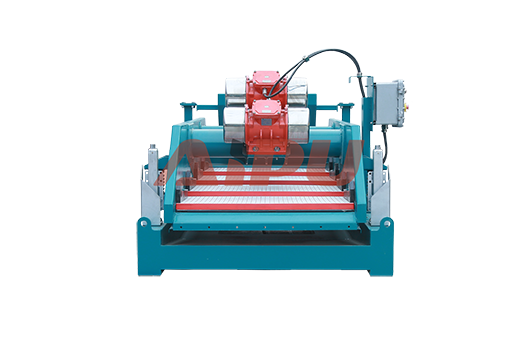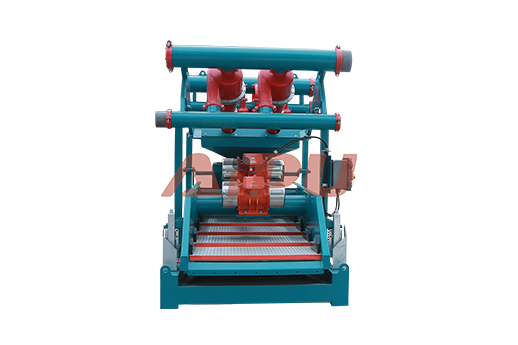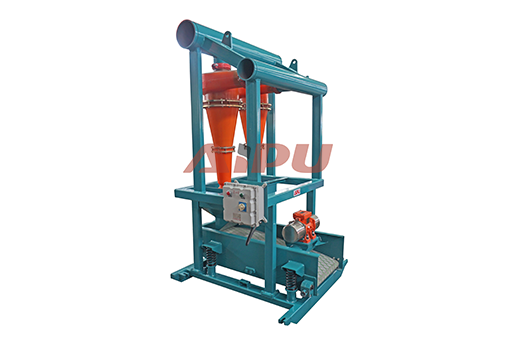Insight into the Link between Systems and Fluid Stability
Drilling fluid, also known as drilling mud, is a crucial component in the drilling process. However, fluid loss can lead to various problems, such as wellbore instability and increased costs. Solids control systems play a vital role in minimizing this issue. This article will explore how these systems achieve this goal.
Understanding Drilling Fluid Loss
Drilling fluid loss occurs when the fluid filtrates into the formation through the wellbore wall. This can be caused by several factors, including high permeability of the formation, improper fluid properties, and the presence of solids in the fluid. When fluid is lost, the hydrostatic pressure in the wellbore may decrease, leading to wellbore instability. Additionally, the loss of drilling fluid means additional costs for replenishing the fluid, which can significantly impact the overall drilling budget.
Functions of Solids Control Systems
Solids control systems are designed to remove unwanted solids from the drilling fluid. These solids can come from the drilled formation or be added as weighting agents. By removing these solids, the system helps maintain the proper density and viscosity of the drilling fluid. A well - maintained fluid with the right properties is less likely to filtrate into the formation, thus reducing fluid loss. For example, shale shakers are the first stage of solids control. They use vibrating screens to separate large cuttings from the drilling fluid, preventing them from causing further problems downstream in the system.
Centrifuges and Their Role
Centrifuges are an important part of the solids control system. They use centrifugal force to separate fine solids from the drilling fluid. Fine solids can be particularly problematic as they can easily pass through the shale shakers and other primary separation equipment. By removing these fine solids, centrifuges help improve the quality of the drilling fluid. A cleaner fluid has better filtration properties, which means less fluid will be lost into the formation. Moreover, centrifuges can also recover valuable drilling fluid components, such as barite, which can be reused, further reducing costs associated with fluid loss.
Benefits of Minimizing Drilling Fluid Loss
Minimizing drilling fluid loss through effective solids control systems offers several benefits. Firstly, it improves wellbore stability. With less fluid loss, the hydrostatic pressure in the wellbore can be better maintained, reducing the risk of wellbore collapse and other related issues. Secondly, it reduces costs. By reusing recovered fluid and minimizing the need for new fluid, operators can save a significant amount of money. Finally, it is also environmentally friendly. Less fluid loss means less waste disposal, which is beneficial for the environment and helps operators meet regulatory requirements.
In conclusion, solids control systems are essential for minimizing drilling fluid loss. Through various components and processes, they help maintain the quality of the drilling fluid, improve wellbore stability, and reduce costs and environmental impact.

Understanding Drilling Fluid Loss
Drilling fluid loss occurs when the fluid filtrates into the formation through the wellbore wall. This can be caused by several factors, including high permeability of the formation, improper fluid properties, and the presence of solids in the fluid. When fluid is lost, the hydrostatic pressure in the wellbore may decrease, leading to wellbore instability. Additionally, the loss of drilling fluid means additional costs for replenishing the fluid, which can significantly impact the overall drilling budget.
Functions of Solids Control Systems
Solids control systems are designed to remove unwanted solids from the drilling fluid. These solids can come from the drilled formation or be added as weighting agents. By removing these solids, the system helps maintain the proper density and viscosity of the drilling fluid. A well - maintained fluid with the right properties is less likely to filtrate into the formation, thus reducing fluid loss. For example, shale shakers are the first stage of solids control. They use vibrating screens to separate large cuttings from the drilling fluid, preventing them from causing further problems downstream in the system.
Centrifuges and Their Role
Centrifuges are an important part of the solids control system. They use centrifugal force to separate fine solids from the drilling fluid. Fine solids can be particularly problematic as they can easily pass through the shale shakers and other primary separation equipment. By removing these fine solids, centrifuges help improve the quality of the drilling fluid. A cleaner fluid has better filtration properties, which means less fluid will be lost into the formation. Moreover, centrifuges can also recover valuable drilling fluid components, such as barite, which can be reused, further reducing costs associated with fluid loss.
Benefits of Minimizing Drilling Fluid Loss
Minimizing drilling fluid loss through effective solids control systems offers several benefits. Firstly, it improves wellbore stability. With less fluid loss, the hydrostatic pressure in the wellbore can be better maintained, reducing the risk of wellbore collapse and other related issues. Secondly, it reduces costs. By reusing recovered fluid and minimizing the need for new fluid, operators can save a significant amount of money. Finally, it is also environmentally friendly. Less fluid loss means less waste disposal, which is beneficial for the environment and helps operators meet regulatory requirements.
In conclusion, solids control systems are essential for minimizing drilling fluid loss. Through various components and processes, they help maintain the quality of the drilling fluid, improve wellbore stability, and reduce costs and environmental impact.








